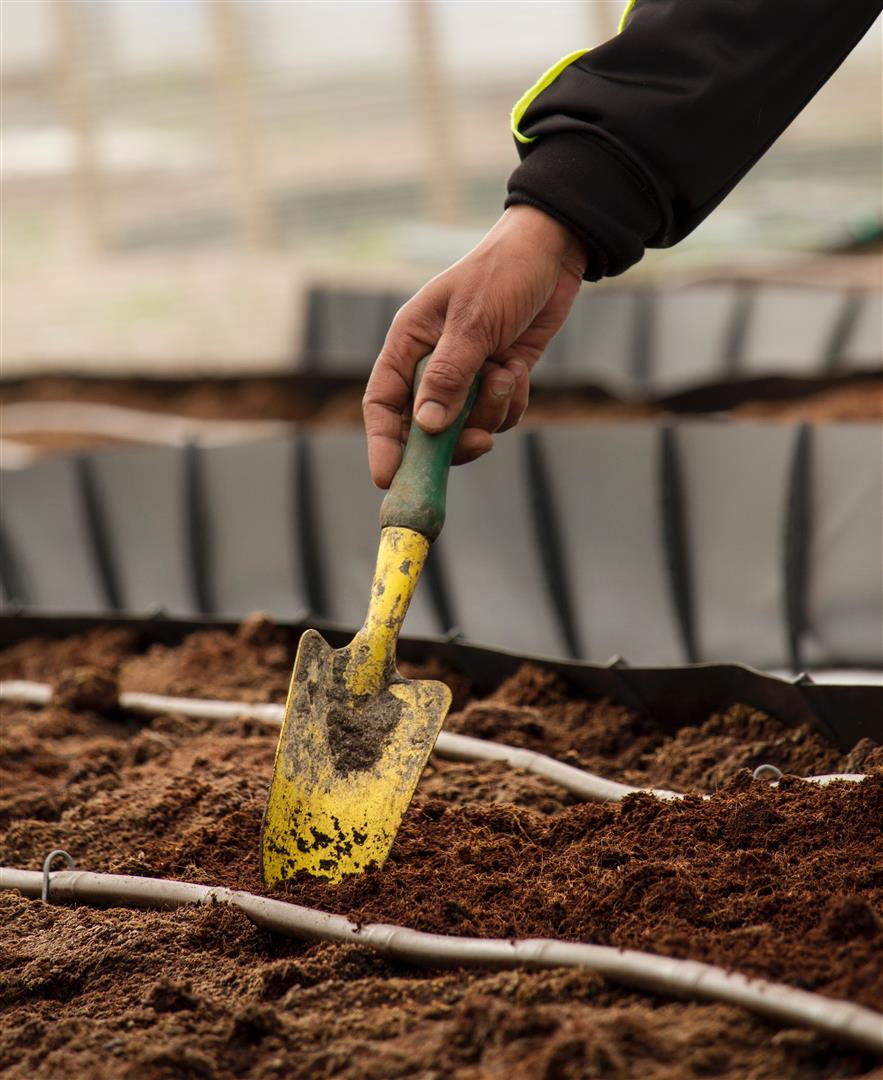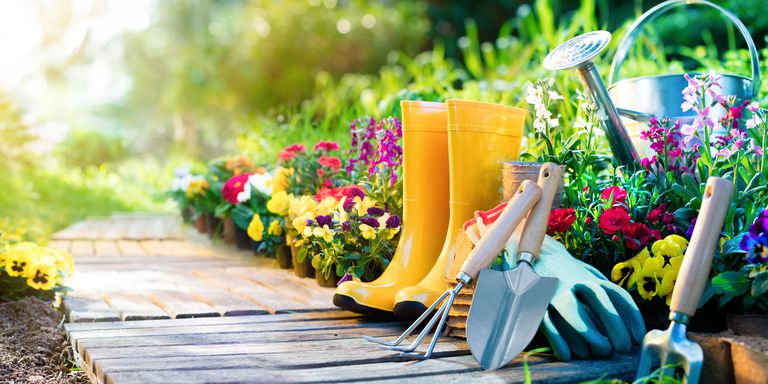KNYSNA NEWS - Make the most of natural elements in desperate times, this guide on how to harvest rain water should help you save water in any household.
Ways to harvest rain water
• The most rainwater is collected from the roof, via gutters, into a storage tank. Systems vary from basic (just for the garden or domestic emergencies), to more sophisticated, linked to the internal plumbing system.
• Where space is too tight to accommodate tanks, direct individual gutters into slim-line 500-litre tanks (with a tap at the bottom) or large bins. The Garden Master range, available at Makro, even has a planter on top to make it a garden feature.
• Reduce hard paving or replace with permeable paving or gravel. This doesn’t harvest rainwater, but allows water to filter into the soil below rather than run off the property.
• Make a dry well into which water from the gutters or a swale can be routed. Line it with a geotextile fabric. This allows the water to saturate into the soil.
READ MORE: A guide to water-wise gardening
How do I know my house will be suitable for harvesting rainwater?
The efficiency of rainwater harvesting differs from house to house, according to its design. Consider the following points:
Type of roof: Metal, corrugated iron or IBR roofing and tiles are suitable for rainwater harvesting, thatch is not. According to Rain Harvesting Systems, 11mm of rainfall on metal roofs produces 1 000 litres of harvested rainwater for every 100m² of roof area. For tiled roofs, 16mm of rainfall produces 1 000 litres of harvested rainwater for every 100 m² of roof area.
Roof design: The simpler the roof the better, with a good pitch, although flat roofs are usually pitched enough to divert rainwater. If in doubt, call in a plumber, handyman or rainwater harvesting consultant who can also advise on the guttering.
Tank space: This is the clincher. If there is no space for a conventional round tank, opt for slimline tanks (more expensive), which are available in different heights, sizes and colours. Horizontal tanks are available too. Where there is ground space a tank can be sunk into the ground, but this is costly and there is the danger that it can pop out when empty.
READ MORE: Gardening in drought conditions
 File image.
File image.
System affordability in harvesting rain water
A basic system can range from R10 000 – R14 000, depending on tank size and type, where you are using a pump or gravity, a leaf eater or gutter mesh to keep the leaves out of the gutters and tank (essential), or a first flush diverter that further sifts out dust and sand.
Factor in the cost of shifting or adapting the guttering, tap and pump installation, and building a solid, level base for the tank, unless it can be placed on firm, level ground/paving.
How big do I go?
Landscaper JJ van Rensburg of Garden World in Jo’burg, advises opting for as big a tank as possible, ideally 5 000 litres. “People underestimate how quickly a tank fills up,” he says. “A good shower, of 20–30mm will fill it. The larger the tank, the more water you’ll have.”
 File image.
File image.
















